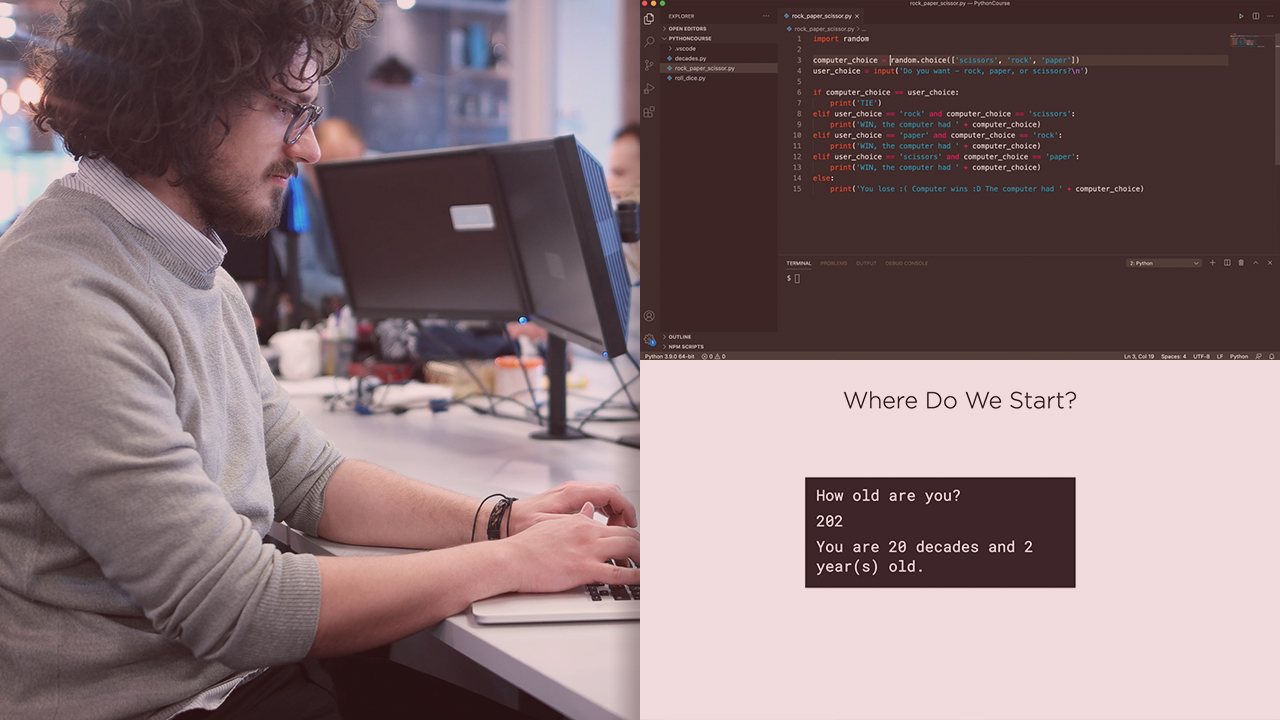- Course
Practical Python for Beginners
This course will teach you the basics of Python while creating Python applications to solve a wide variety of problems.

- Course
Practical Python for Beginners
This course will teach you the basics of Python while creating Python applications to solve a wide variety of problems.
Get started today
Access this course and other top-rated tech content with one of our business plans.
Try this course for free
Access this course and other top-rated tech content with one of our individual plans.
This course is included in the libraries shown below:
- Core Tech
What you'll learn
Python is a great programming language for beginners and experts alike because it’s easy to learn and use and also has libraries that allow you to build pretty much anything. In this course, Practical Python for Beginners, you’ll learn to create Python applications to solve a wide variety of problems. First, you’ll explore data types, input, and output. Next, you’ll discover lists, loops, and dictionaries. Finally, you’ll learn how to incorporate what you’ve learned to read weather and space data from different web APIs. When you’re finished with this course, you’ll have the skills and knowledge of Python needed to build Python command-line applications.

